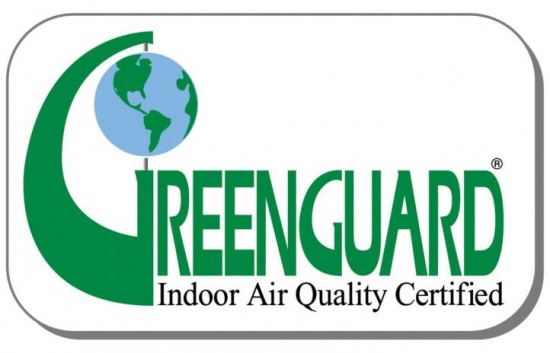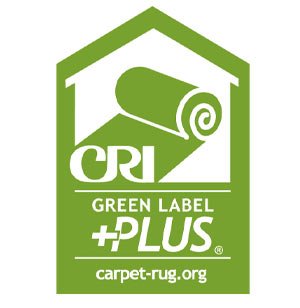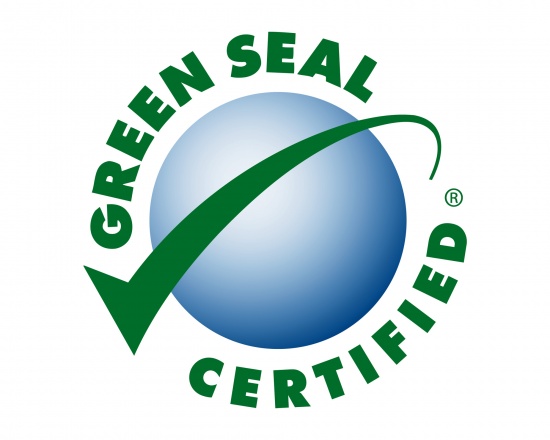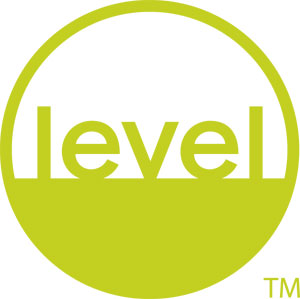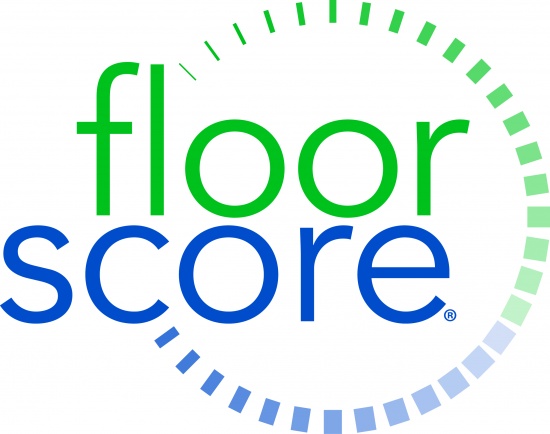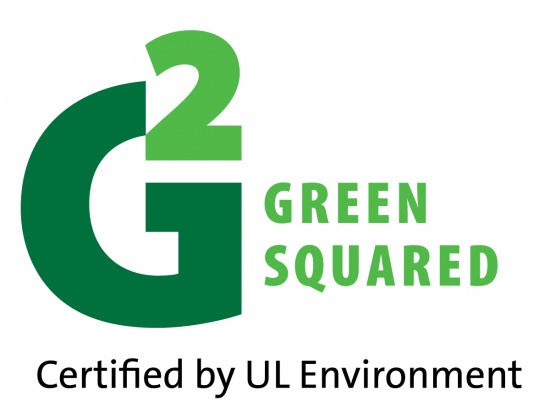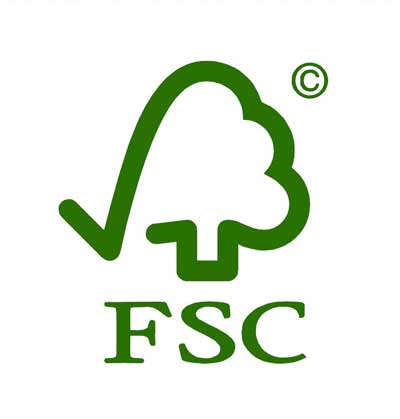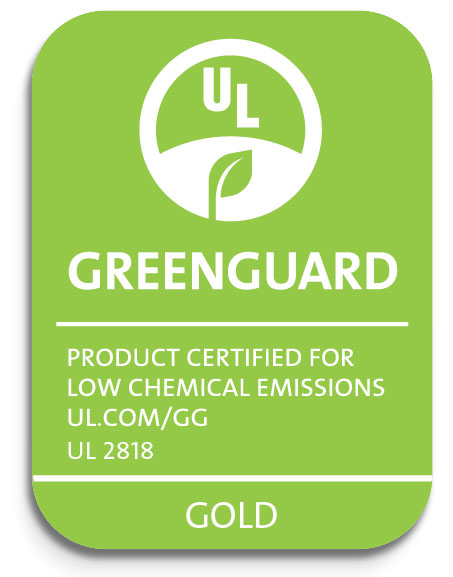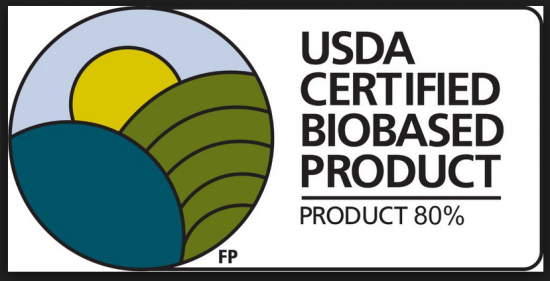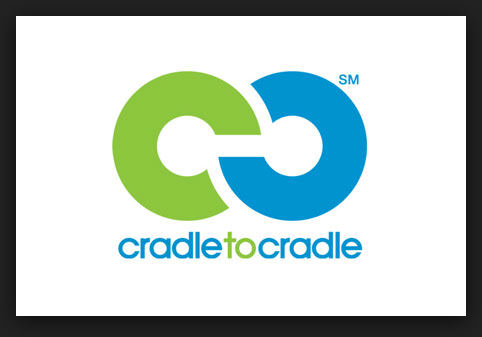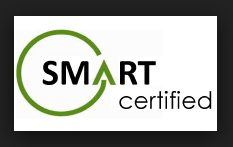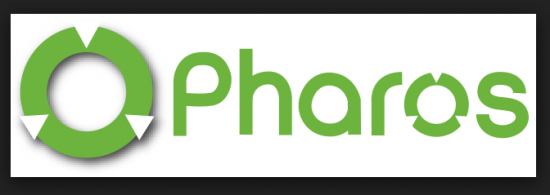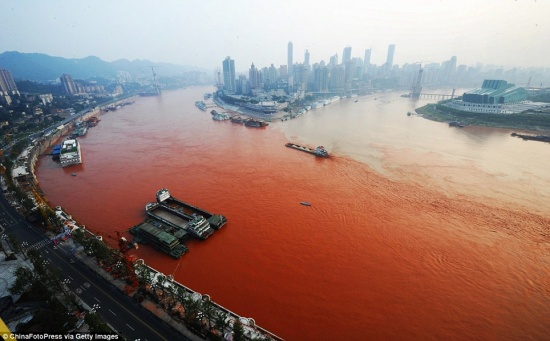Anyone see the smog images from China lately? If you had any questions about how the environment is adversely affected by the manufacturing of goods and materials, you’re likely a believer after viewing those photos. For those of you who think, “oh it’s all the way in China, it won’t hurt me”, think again. The atmosphere doesn’t require a passport. Believe it or not, furniture, accessories and materials used in buildings are a significant portion of what’s being manufactured in China, and around the world. Something as simple as the curtains hanging in your kitchen is playing a role in the causes for the disturbing images below. 
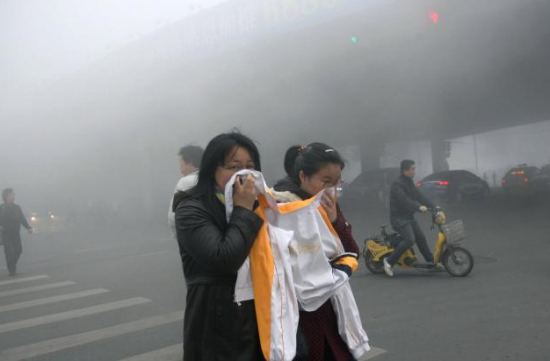
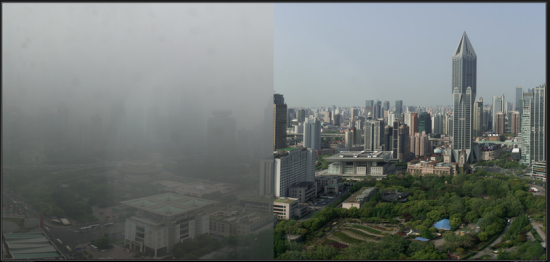
If you’re asking yourself questions like, “Am I partially responsible and if so, what can I do?” — you’re not alone. As consumers are becoming more aware about how a product is made, what it is made of and the amount of energy it takes to manufacturer, transport and package it, we are equally concerned about what our choices mean to our planet and our health. The problem we’re facing is far from that we are apathetic, it’s the frustration at the lack of knowledge available regarding the “ingredients” of what we’re buying.
One way to help decipher healthier choices for the planet (and your body) is with third party certifications that I discuss in detail in my book Green Interior Design.
Some of them include researching the following organizations:
Organizations aiding in research for Sustainable Product and Material Research include: USDA Certified Biobased (Biobased Products), Building Green (Building Materials), Cradle to Cradle (Material Chemistry), SMaRT (Material Life-Cycle Assessment), Pharos Project (Material Toxicity) and SCS Global(Sustainable Products and Testing).
The list is daunting, I know. However, the information found at these organization’s websites is pretty simple to understand if you take the time to read it. And if you’re facing issues like asthma, fatigue, constant illness or you’re aware of the fact that our resources are limited and our planet is under a chemical attack, a few hours of reading doesn’t seem that impossible to accomplish. Once you’ve digested the information, it’s so much easier to make wiser choices about pieces that are going into your home or workplace or those of your clients. Further, once you understand who does what, you can look for the labels from manufacturers for clues that about what you’re buying. We’ve learned to do this with our food, so the process is familiar. Some logos to look for:
Just in case you’re wondering what the color trend of the season is, take a look at this river downstream from a clothing factory in China. I’m guessing Persimmon.


